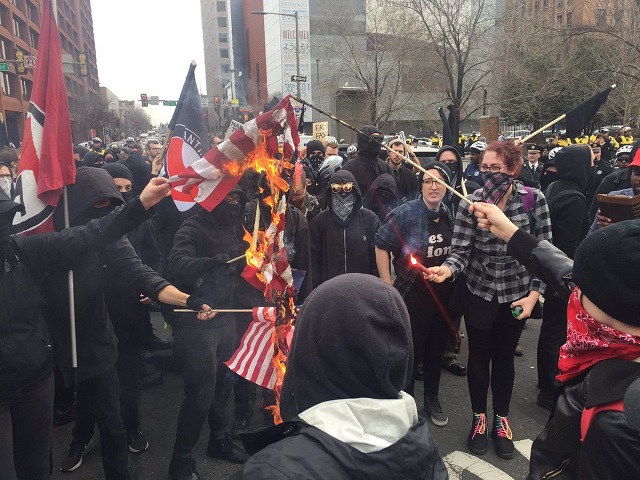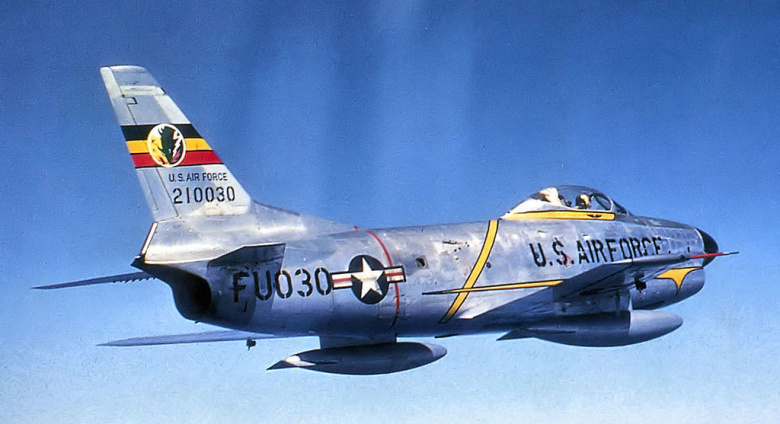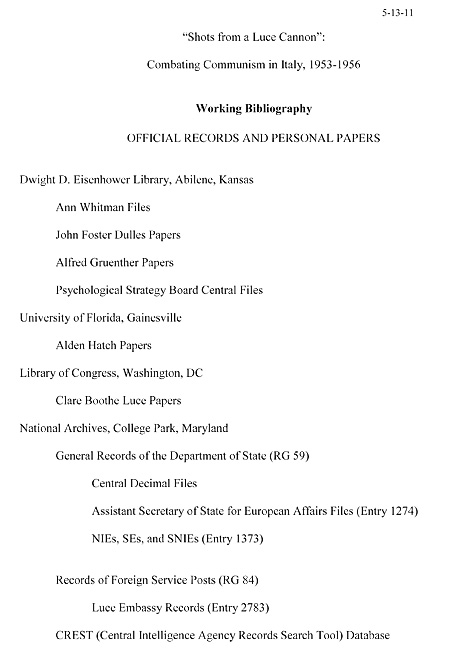In 1961, President Dwight D. Eisenhower delivered a farewell address that included a now-famous warning: Beware the military-industrial complex. His words were not mere rhetoric but a caution against a growing web of influence among defense contractors, the military, and the government. Over 60 years later, Eisenhower’s warning resonates louder than ever. The military-industrial complex is no longer a looming threat—it’s a well-oiled machine influencing decisions that affect every aspect of our national and foreign policy.
The Business of War
War is expensive, but it’s also profitable—depending on which side of the equation you’re on. For the U.S. government, military spending accounts for over half of discretionary federal funding, totaling hundreds of billions of dollars annually. A significant portion of this money flows directly to private defense contractors such as Lockheed Martin, Raytheon, and Boeing.
These companies don’t just supply weapons; they also design complex systems, build vehicles, and even provide logistical support on the battlefield. Contracts worth millions, often billions, are routinely awarded to these firms, sometimes without competitive bidding. Why? Because defense contractors position themselves as the irreplaceable solution to America’s security needs.
But the relationship is symbiotic. Contractors supply cutting-edge technologies, but they also have a vested interest in perpetuating demand. More contracts mean more profits, and a continuous cycle of conflict, upgrades, and “preparedness” ensures a steady flow of government money.
The Revolving Door Between Industry and Government
The lines between government officials and defense contractors are blurred—dangerously so. It’s common for military generals and high-ranking officials to retire and step into lucrative positions at defense companies. Likewise, executives from these firms often assume roles within the Department of Defense.
This revolving door raises critical questions about impartiality. How can we trust decisions on military spending and foreign policy when the people making them may profit from those very decisions?
Take the case of a former defense secretary who approved billions in contracts for a defense company only to join that same company’s board after leaving office. Stories like these are not exceptions—they are the norm.
Lobbying: The Power Behind the Curtain
Lobbying is another tool defense contractors use to steer government policy. Defense companies spend millions every year lobbying Congress and federal agencies. They fund think tanks that publish reports justifying higher military budgets. They sponsor events and campaigns to ensure their messages reach the right ears.
The goal? Influence.
Lobbyists frame higher military spending as essential for national security, but they rarely address how much of that spending ends up padding corporate profits. They push for policies that prioritize defense capabilities, even when those policies might not align with the country’s actual needs or broader foreign policy objectives.
Foreign Policy: Shaped by Defense Interests
The implications of this dynamic are far-reaching. When defense contractors benefit from military engagements, the incentives to avoid conflict diminish. Critics argue that America’s foreign policy is often less about diplomacy and more about ensuring a steady pipeline of defense contracts.
The wars in Iraq and Afghanistan, for example, were not just military campaigns—they were also business opportunities. Trillions of dollars were spent, much of it on equipment, technology, and services provided by defense contractors. While these conflicts were sold to the public as necessary for security and freedom, the financial beneficiaries were overwhelmingly private companies.
Moreover, the presence of defense contractors in foreign policy discussions often tilts the balance away from peaceful solutions. When the stakes include billions in potential contracts, war becomes more likely—not as a last resort, but as an acceptable outcome.
The Cost Beyond Dollars
The military-industrial complex isn’t just about money; it’s about priorities. Every dollar spent on weapons is a dollar not spent on education, healthcare, or infrastructure. Beyond the financial trade-offs, there’s a deeper societal cost: trust.
When government decisions are shaped by those who profit from them, public confidence erodes. Citizens begin to question whether their leaders act in their best interest or merely serve corporate agendas.
Furthermore, the human cost is incalculable. Prolonged conflicts result in loss of life, displacement, and instability—not just for America’s enemies but for its allies and citizens as well.
Can the Cycle Be Broken?
Breaking the grip of the military-industrial complex won’t be easy. Transparency and accountability are essential first steps. Policies that limit lobbying influence and enforce stricter oversight of government contracts could help.
Yet, significant change requires public awareness and pressure. The more people understand the financial and political entanglements behind military spending, the harder it becomes for defense contractors to operate unchecked.
A Choice for the Future
The military-industrial complex thrives on the belief that its influence is inevitable, and its actions are beyond question. But nothing about this system is inevitable—it’s a result of decisions made by individuals in power, many of whom have ties to the very corporations they’re supposed to regulate.
Eisenhower’s warning was not just a prediction; it was a call to action. The question is whether we, as a society, are willing to challenge the forces shaping our government and foreign policy or whether we’ll continue to accept their narrative at face value.
The stakes are high. If we don’t demand change, we risk perpetuating a cycle where profit comes before peace and corporate interests define the course of our nation. And that’s a cost we can no longer afford.






